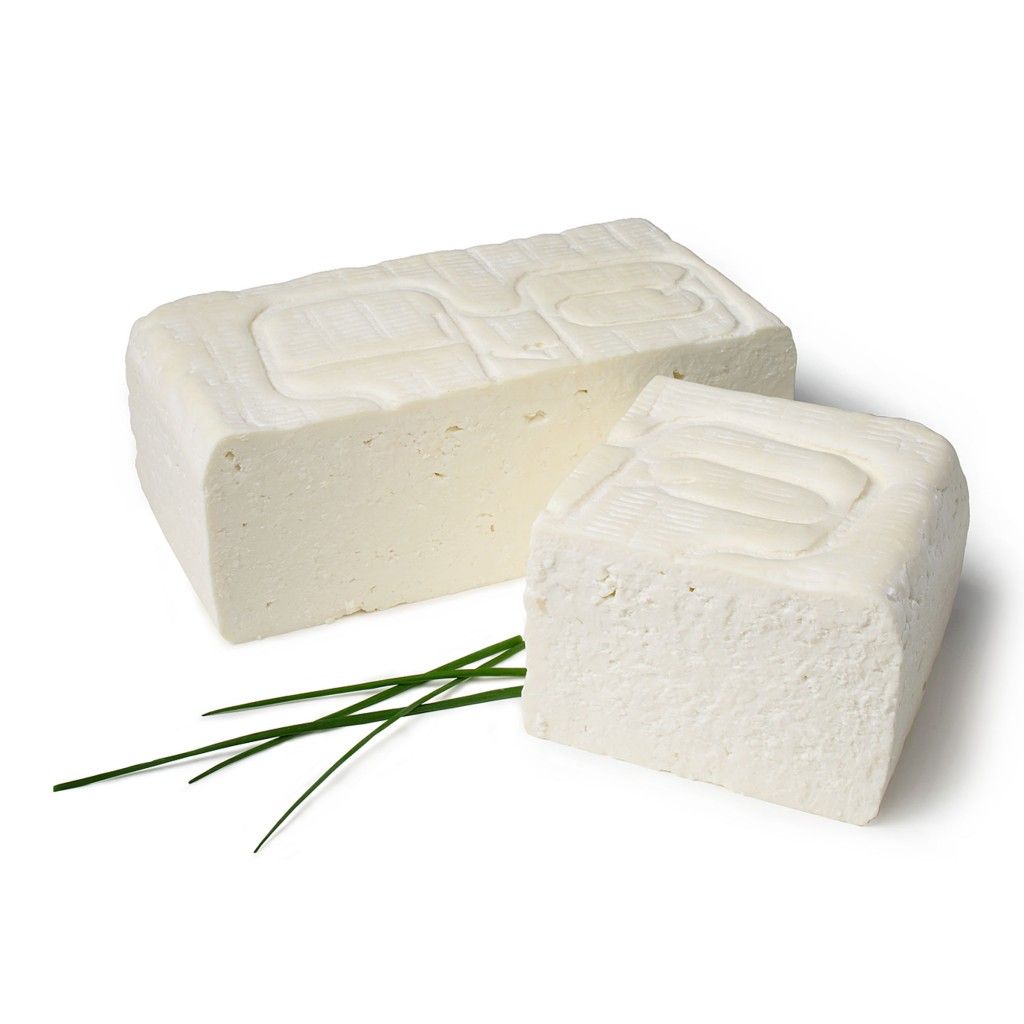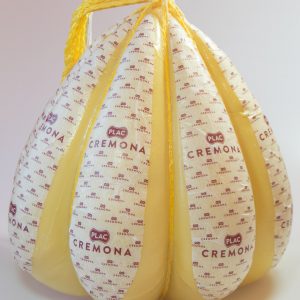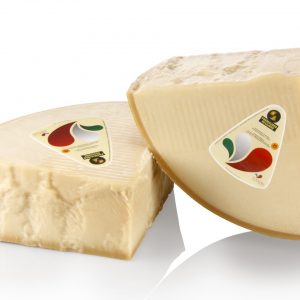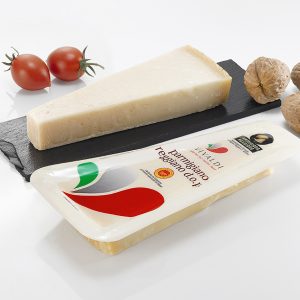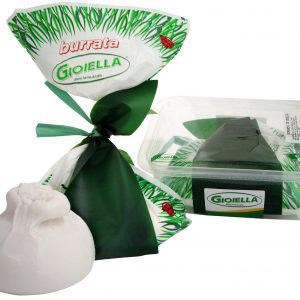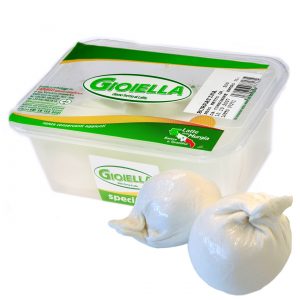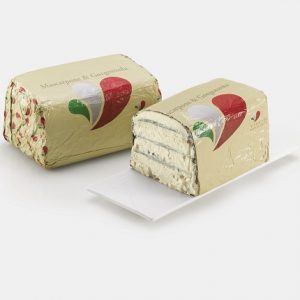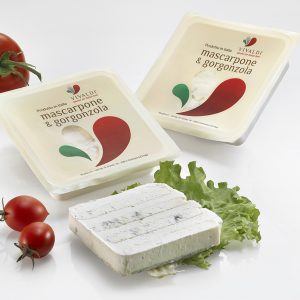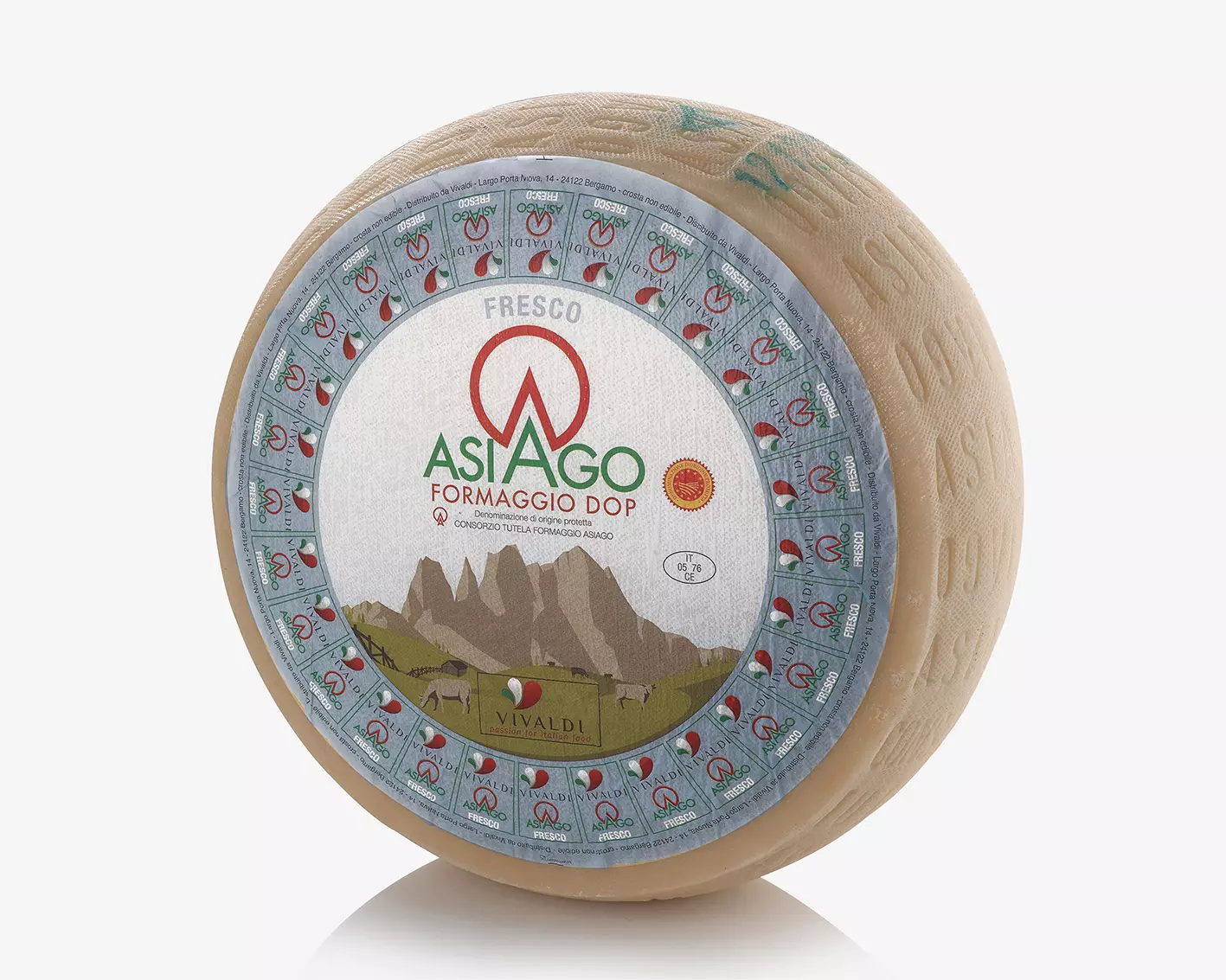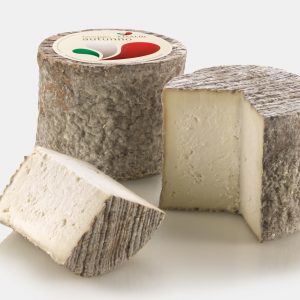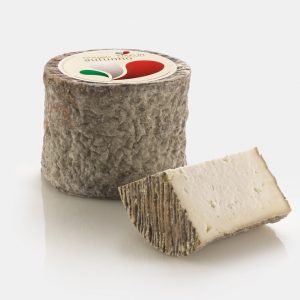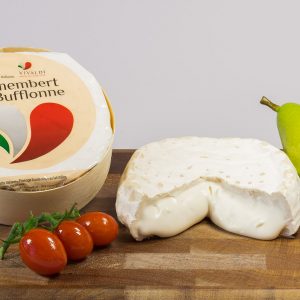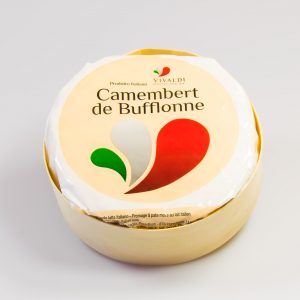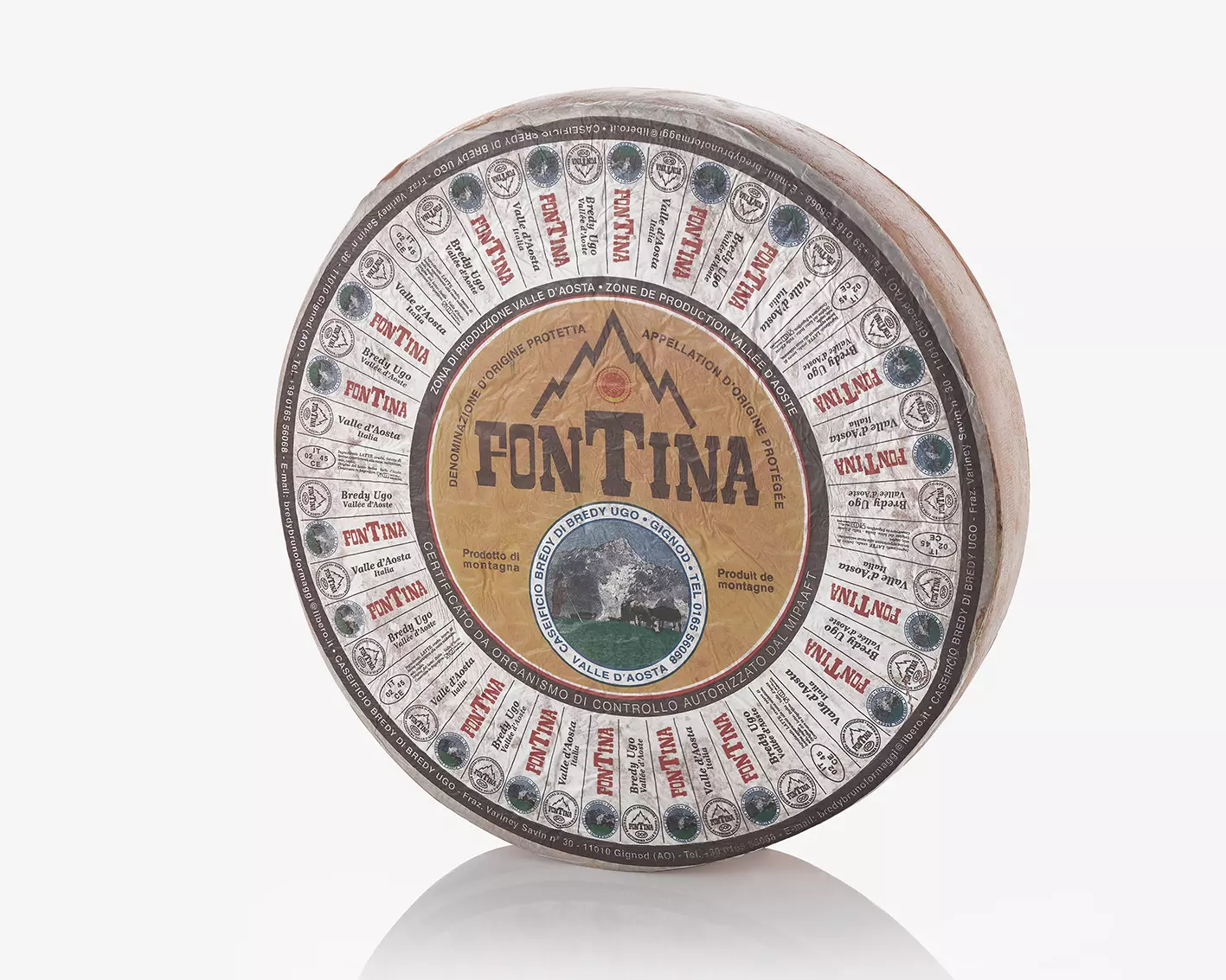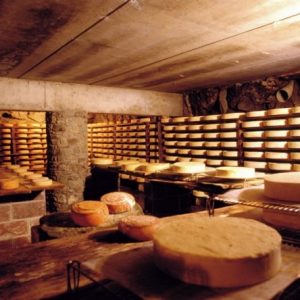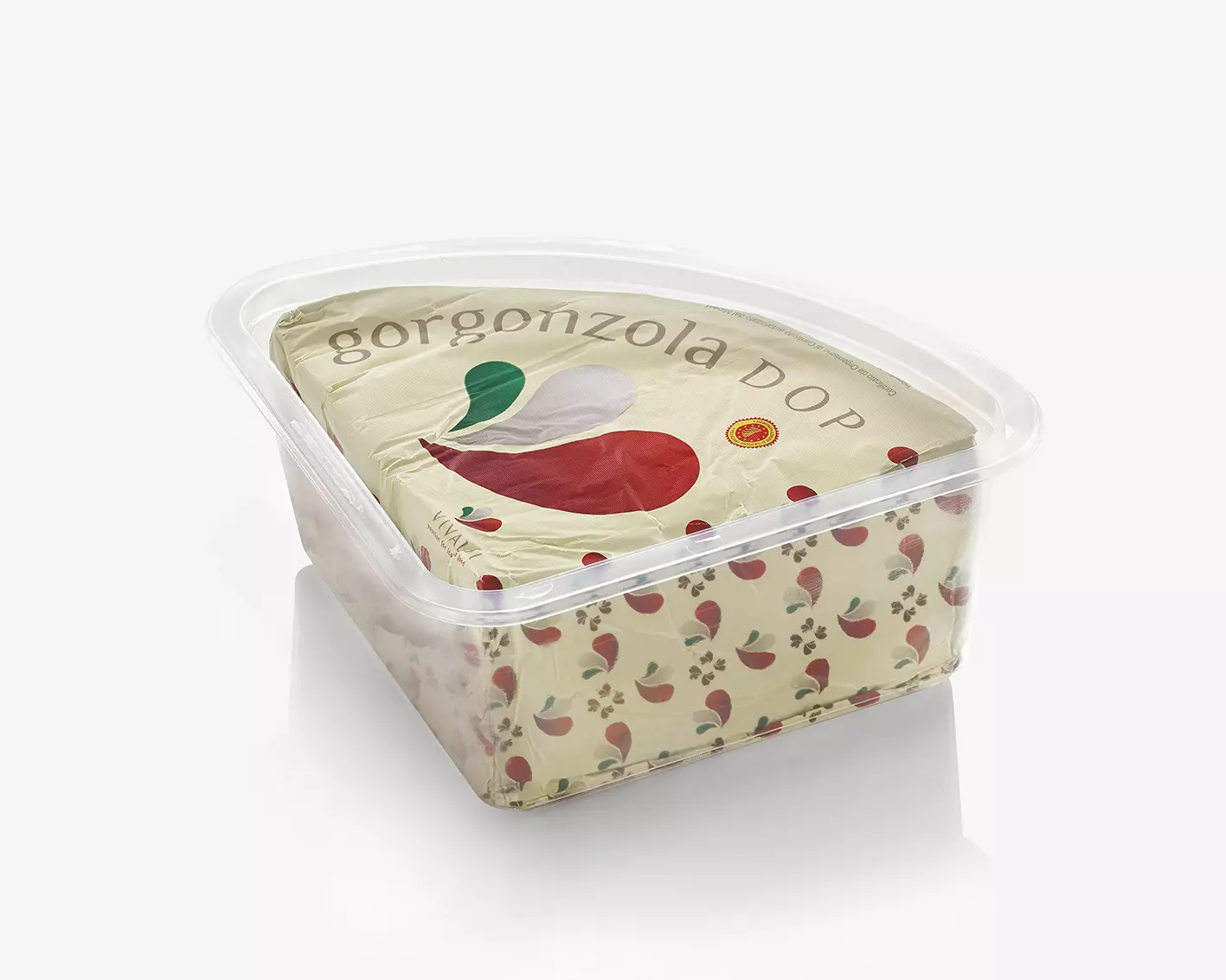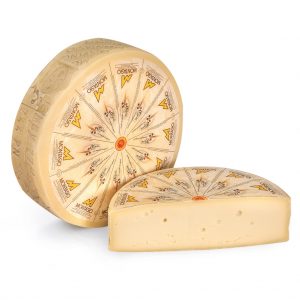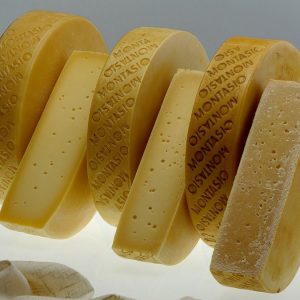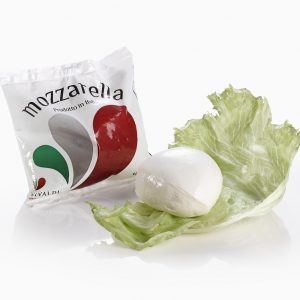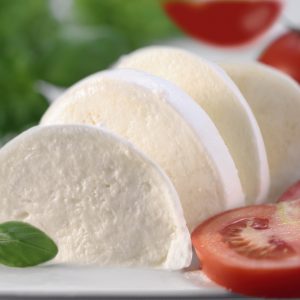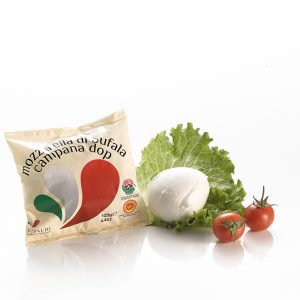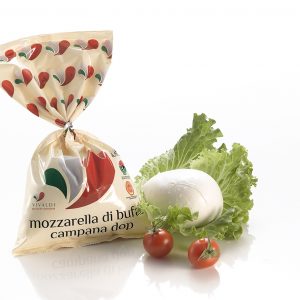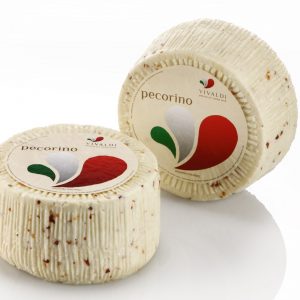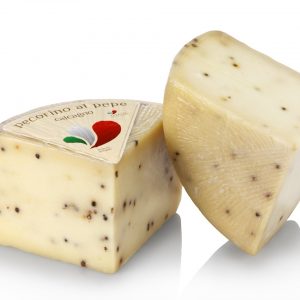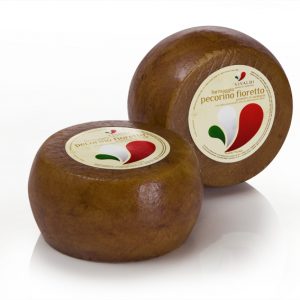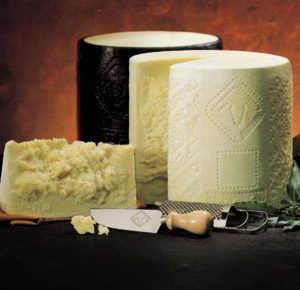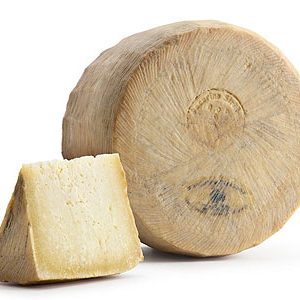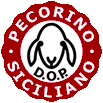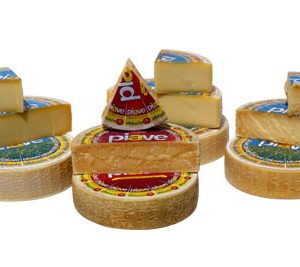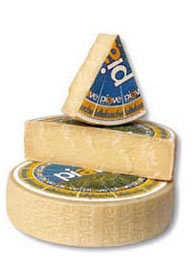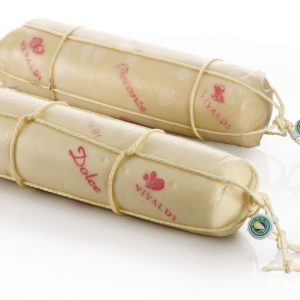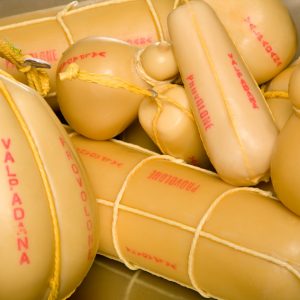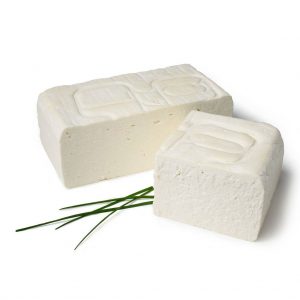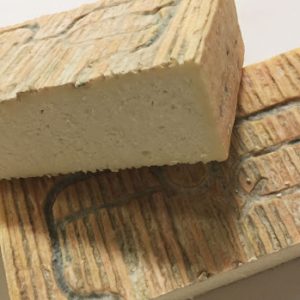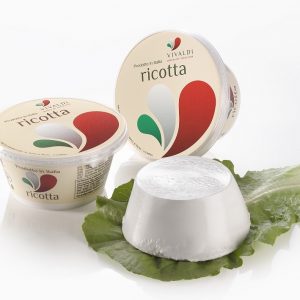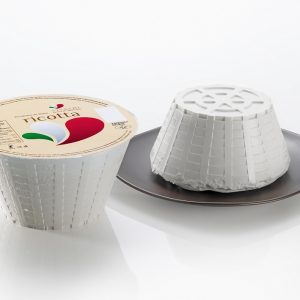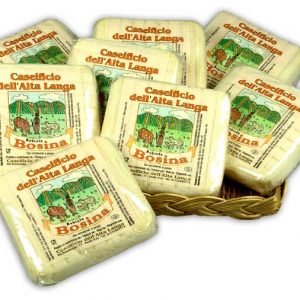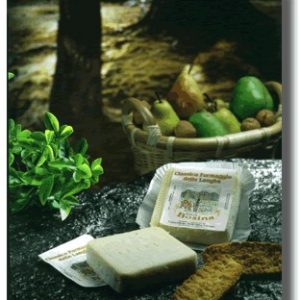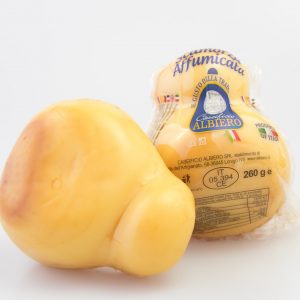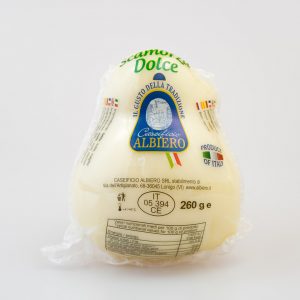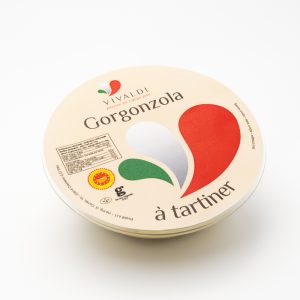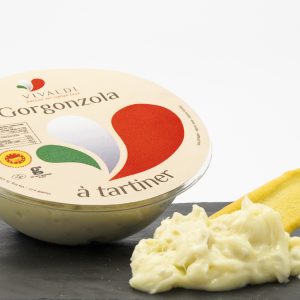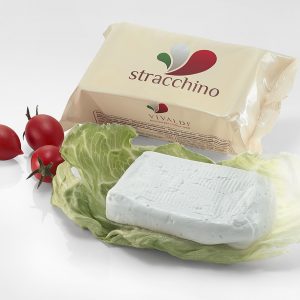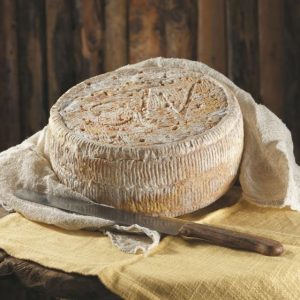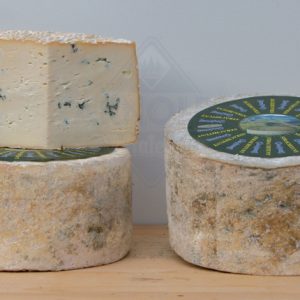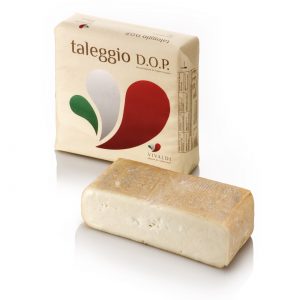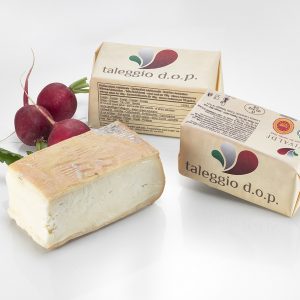Quartirolo Lombardo PDO
The name has its origins in the 10th century and is closely linked to the habit of the Lombard herdsmen of moving their animals in the summer to the mountain pastures and taking them back to the barns before the autumn. The animals, after the tiring transhumance, arrived in the valley where they fed on fresh grass, which sprouted after the hay had been cut for the third time, called “erba quartirola”;
Description
Quartirolo Lombardo PDO
Quartirolo Lombardo PDO – It was an intensely aromatic forage which gave the milk a particular fragrance which was then found in the Quartirolo cheese made between September and October. Today this cheese, although it is no longer a seasonal product, has kept the characteristics of the past and has become an Italian cheese with Protected Designation of Origin.
It is made using whole cow’s milk, collected from the different farms and subjected to an initial pasteurization. The coagulation process of the milk is then induced by the addition of milk enzymes and rennet. The resulting curd is reduced to cheese grains the size of a hazelnut and put into special square moulds. This is followed by the drying-out phase, when the mark is affixed to the cheeses, and the salting, with the dry method or in brine; this protects the cheese from unwanted microbial attacks and makes it easier for the whey to drain out. Lastly, the cheeses are transferred to special ageing cells, for a minimum period of 5 days in the case of fresh Quartirolo and for a minimum of 30 days in the case of aged Quartirolo.
The mild and fragrant flavour is slightly acid if the cheese is eaten in the first few days after production; it becomes much more intense and aromatic after a longer period of ageing.
